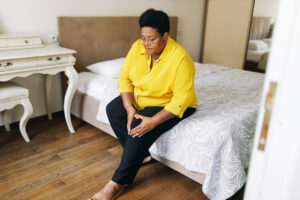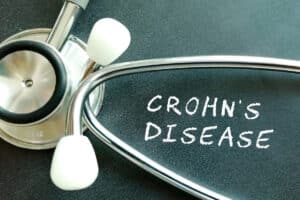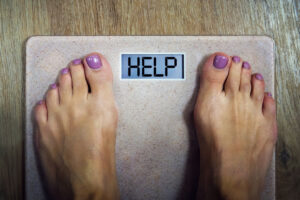When I was 4 years old, I remember sitting in a pew at church next to my mom. As I scooted forward in my seat, my legs dangled over the edge of the pew, my feet nowhere near the ground. Like many fidgeting 4-year-old kids, I’d swing my legs back and forth as I thought, “Someday soon, my feet will touch the ground.” At the age of 7, I’d sit on the living room floor in my pajamas to watch TV. I remember seeing commercials that starred older, more mature women. They sold things like shaving cream, expensive perfumes, and sexy undergarments. I thought to myself, “Someday, that will be me.” My body will mature and develop, and I’ll be a “real woman.”
When you’re young, you think forward to who you’ll be someday, not only the things you’ll wear that are off limits to little girls, but also the dreams about what you will accomplish. When I reflect on the years, one thing that stands out is that each phase of my life has been accompanied by change. Some of the changes were things I expected, and some happened surprisingly. Either way, all of life comes with change, changes in our surroundings, experiences, relationships, and our physical bodies.
The Phases Of Physical Change To A Woman’s Body
Women’s bodies seem to be in a constant state of major change. It begins at puberty, changes during pregnancy, and then undergoes a major transition again in menopause. There are specific and expected changes that women in their 40s can start to experience. Some of those include changes in your skin, weight gain, hair loss, and hot flashes, but what are some of the internal changes that start to occur that we might not see or feel as they begin to happen?
The Changes To Your Body That You May Not See Or Feel
Knowing how your body is changing on the inside can help you to develop a strategy for a longer and healthier life. Some of these important internal changes happen to your heart, muscles, and bones.
1. Changes To Your Heart
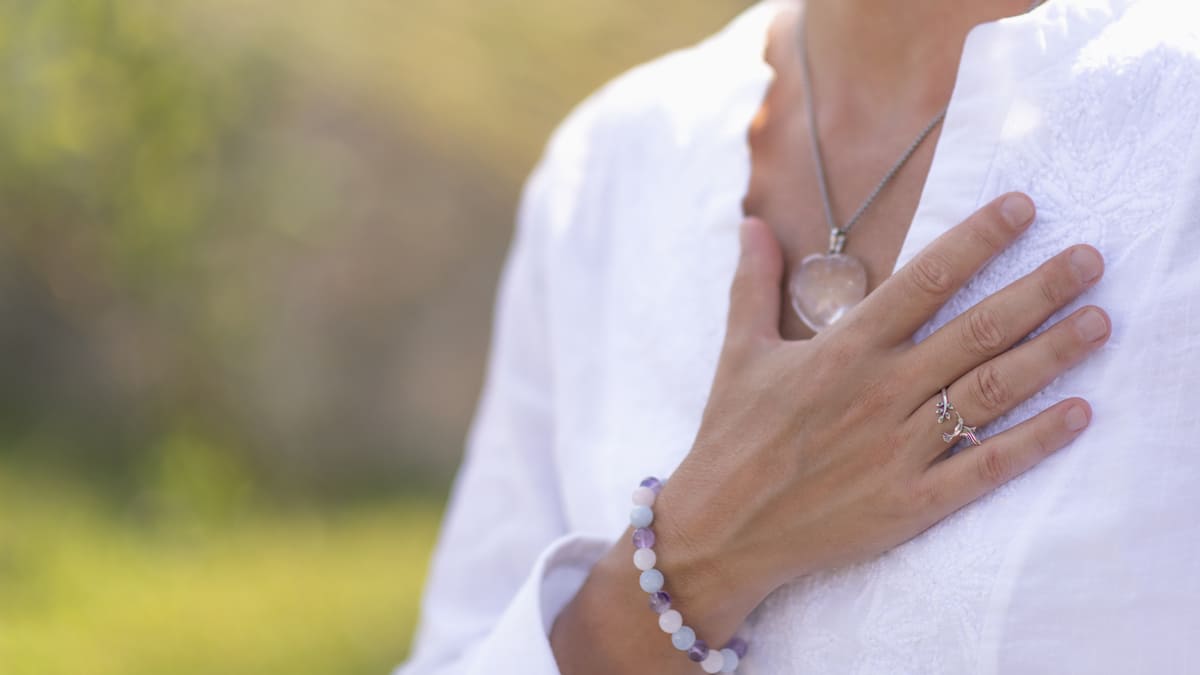
For women, menopause, which usually happens around age 50, can lead to heart and artery changes. These changes in your heart raise the likelihood of cardiac disease. Hormonal cycles affect your cardiovascular health. In the pre-menopausal years, estrogen is protective of the heart by relaxing the arteries and promoting good cholesterol. In the peri-menopausal years, estrogen declines, causing an increase in cardiovascular risk factors. The incidence of heart disease in women starts going up around age 60 due to the decrease in estrogen.
How To Combat Heart Disease
Each new phase of life requires a new strategy for health. The things that may have been beneficial in your 20s and 30s may not be effective today. For changes in your heart health as you age, there are many steps you can take to keep your heart healthy.
- Get and stay physically active.
- If you smoke, quit!
- Follow a heart-healthy diet.
- Get to and/or maintain a healthy weight.
- Keep your diabetes, high blood pressure, and/or high cholesterol under control.
- Reduce alcohol intake.
- Manage stress.
- Hormone replacement therapy.
2. Changes To Your Muscles and Tendons
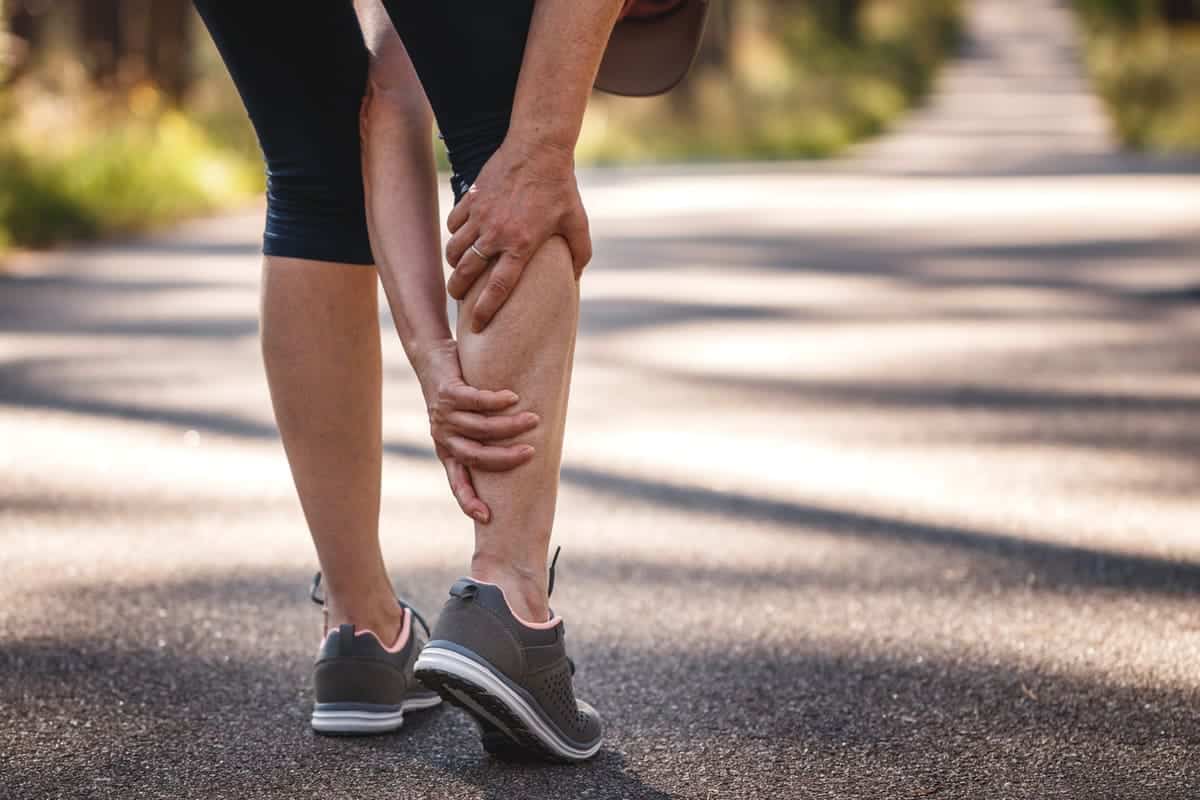
As we age, muscle fibers reduce in number and shrink in size. Muscle tissue is replaced more slowly, and lost muscle tissue is replaced with tough, fibrous tissue. Changes in the nervous system cause muscles to have reduced tone and ability to contract. Unfortunately, this means more flab and less mobility. Our tendons, the cord-like tissues that attach muscles to bones, also change as we age. The water content of tendons decreases, making the tissues stiffer and less able to tolerate stress. Handgrip strength decreases, making it more challenging to perform routine activities such as opening jars.
How To Keep Healthy Muscles:
- Keep moving! Engage in regular exercise, including resistance training, to maintain muscle and strength.
- Eat protein. Eat quality sources of protein from lean meats, eggs, and beans.
How To Keep Healthy Tendons:
Just as with healthy muscles, it is essential to stay active and maintain regular physical exercise. Staying active helps keep muscles, bones, and tendons strong and can lower your risk of injury and tendinitis.
3. Changes To Your Bones
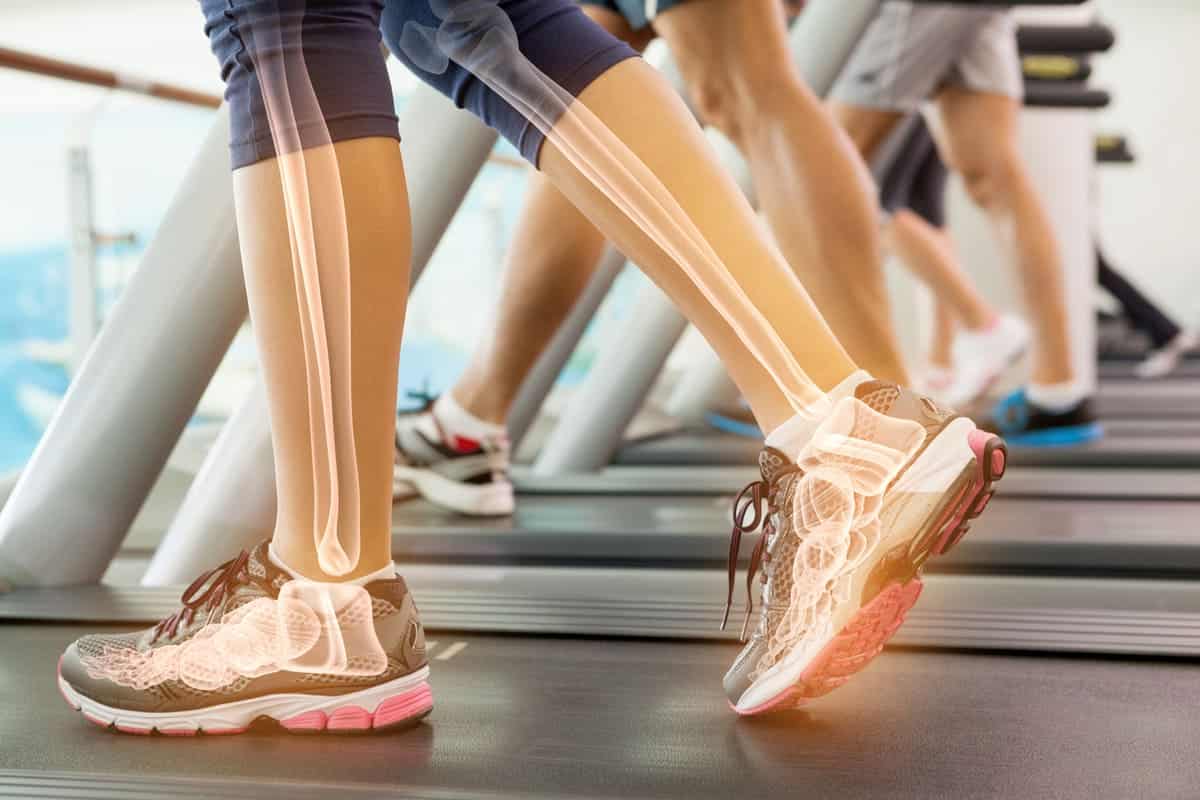
The drop in estrogen levels that occurs around menopause results in increased bone loss. It is estimated that, on average, women lose up to 10% of their bone mass in the first few years after menopause. Low bone density can lead to serious medical conditions that could result in bone fractures. The most widely recognized bone condition is osteoporosis, characterized by low bone density that causes holes within the bone, making it more fragile.
How To Keep Healthy Bones:
- Include plenty of calcium in your diet.
- Use a vitamin D supplement.
- Daily physical exercise and activity.
- Decrease alcohol intake or any other substance abuse.
The Most Important Thing: Developing A Strategy For Change
We know that all of life comes with change, so it’s time to plan for both the expected and unexpected. With each new decade of a woman’s life, it is possible to continue to make a strategy for improving troublesome symptoms. In every single one of these phases, it’s important to stay physically active, maintain a healthy weight, and eat food that supports that goal.
Read Next:
How to Build Bone Strength with OsteoStrong Machines




